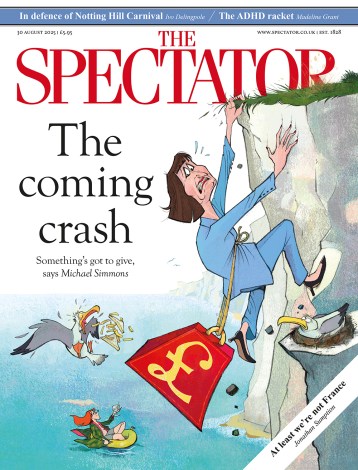Frankenstein’s family
Danny Boyle’s staged version of Frankenstein packed in the crowds to the National Theatre last year with its Olympian scale and throbbing orange sunsets. But if you were hoping for a more intimate invitation to the world of Mary Shelley’s monster, you might be better off popping down to the small but central Jermyn Street Theatre, for fringe company Primavera’s new production of Bloody Poetry. Howard Brenton’s 1984 play is unflinching in its depiction of the feckless ménage of poets that produced not only Frankenstein, but also Byron’s ‘Don Juan’ and Percy Shelley’s ‘Masque of Anarchy’, along with a traveling assortment of illegitimate children. Yet in Tom Littler’s engaging, if










